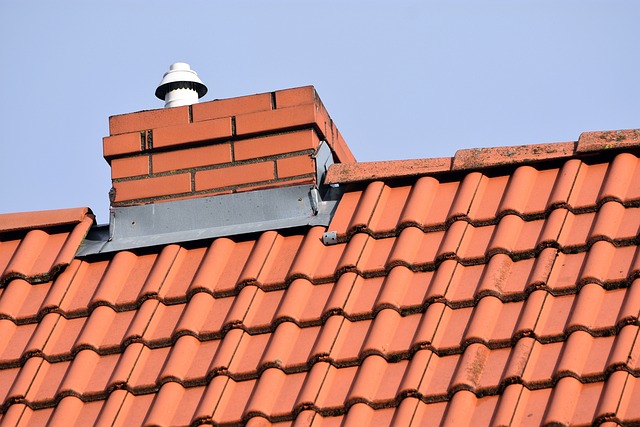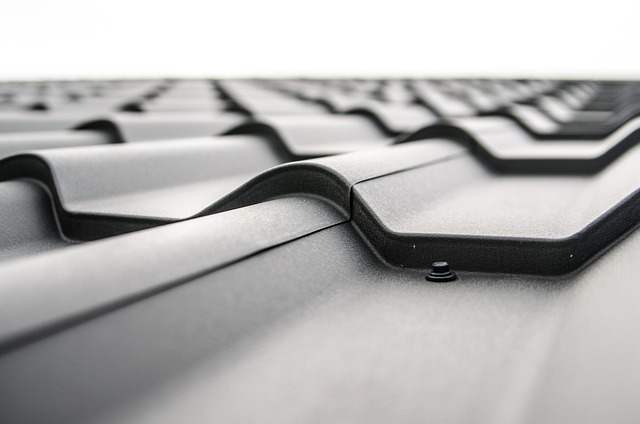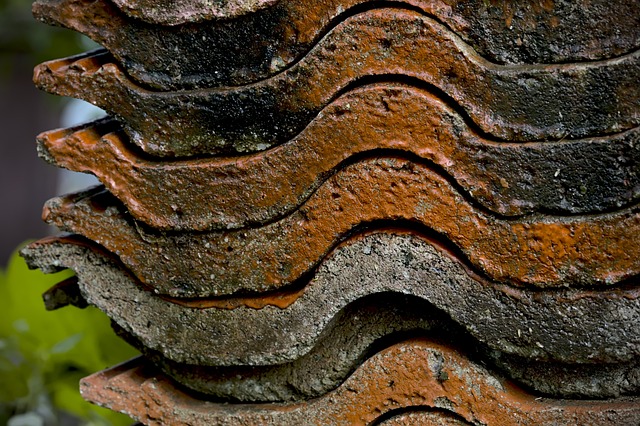Houston's diverse climate presents unique challenges for local roofers, requiring them to use high-quality materials and adhere to strict guidelines for robust roofs that protect buildings from weather damage. Key components include impact-resistant roofing materials, proper ventilation, and best practices for installation and maintenance. Local building codes and regulations ensure roofs meet safety requirements and withstand harsh conditions, providing peace of mind to property owners. Regular maintenance, including inspections and gutter cleaning, extends roof lifespans and enhances storm resistance.
In Houston, where weather patterns can shift from sunny days to severe storms in an instant, ensuring your roof is storm-resistant is paramount. This comprehensive guide aims to equip Houston roofers and property owners with essential knowledge to navigate these unpredictable conditions. We’ll explore the impact of local weather on roofs, delve into key components of robust storm-resistant systems, outline best installation practices, discuss relevant building codes, and provide maintenance tips to extend rooftop lifespans during harsh conditions.
- Understanding Houston's Weather Patterns and Their Impact on Roofs
- Key Components of a Storm-Resistant Roof System
- Best Practices for Houston Roofers: Installation Techniques
- Local Building Codes and Regulations for Roof Safety in Harsh Conditions
- Regular Maintenance Tips to Extend Roof Lifespan During Severe Weather
Understanding Houston's Weather Patterns and Their Impact on Roofs

Houston, known for its humid subtropical climate, experiences a unique blend of weather patterns throughout the year. This city, situated in the Gulf Coast region, is no stranger to intense heat and high humidity during the summer months. Storms and thunderstorms are frequent visitors, often bringing heavy rainfall and strong winds that can reach hurricane-force speeds. Winter brings occasional freezing temperatures and ice, which can be challenging for any roofing system.
These weather conditions pose significant challenges for Houston roofers, as they must ensure that roofs are robust enough to protect buildings from potential damage. For instance, strong winds can lift shingles or cause structural damage, while intense rainfall may lead to leaks and water infiltration. Therefore, when installing or repairing roofs in Houston, professionals must adhere to strict guidelines and use high-quality materials to create a sturdy barrier against these harsh elements.
Key Components of a Storm-Resistant Roof System

When it comes to protecting your home from Houston’s unpredictable weather, a robust and storm-resistant roof system is non-negotiable. This involves several key components working in harmony to withstand high winds, heavy rainfall, and even hurricanes. One of the primary elements is using impact-resistant roofing materials, such as asphalt shingles with a high wind rating or metal panels designed to resist flying debris. These materials not only ensure structural integrity but also minimize the risk of damage during severe storms.
Additionally, proper roof ventilation plays a crucial role in maintaining optimal conditions and preventing excessive stress on your roofing system. Adequate airflow helps regulate temperatures, reduces moisture buildup, and minimizes the risk of leaks. Houston rogers often recommend installing vents at the ridge and under the shingles to facilitate efficient air circulation. This simple yet effective measure can significantly contribute to the overall durability and performance of your roof during harsh weather conditions.
Best Practices for Houston Roofers: Installation Techniques

Houston roofers face a unique challenge due to the region’s frequent and intense weather patterns. To ensure roofs are resilient, they should employ best practices during installation. This includes utilizing high-quality materials designed for harsh conditions, such as impact-resistant shingles or metal panels. Proper flashing and sealing around vents and joints is crucial to prevent water infiltration. Houston roofers should also follow precise measurements and slope recommendations for each project to withstand strong winds and heavy rainfall.
Skilled roofers in Houston should adopt efficient installation techniques like starting from the top down, securing underlayment tightly, and using appropriate fasteners. Regular inspections during and after installation can catch minor issues early on. Staying updated with local building codes and industry standards further guarantees that roofs meet safety requirements and stand the test of time.
Local Building Codes and Regulations for Roof Safety in Harsh Conditions

In Houston, just like in many other cities, local building codes and regulations are designed to ensure structures—including roofs—can withstand specific weather conditions prevalent in the region. These guidelines are crucial for houston roofers to follow, as they not only guarantee safety but also protect property values. The rules often mandate minimum pitch requirements, suitable roofing materials that can resist high winds, and adequate reinforcement to prevent damage from intense storms, including hurricanes and heavy rainfall.
Adhering to these standards is essential for any roofer in Houston. It involves using sturdy underlayments, securing shingles or tiles with strong adhesives, and ensuring proper flashing around vents and joints. By meeting these local regulations, houston roofers contribute to the resilience of homes and businesses against harsh weather events, offering peace of mind to property owners.
Regular Maintenance Tips to Extend Roof Lifespan During Severe Weather

Regular maintenance is key for Houston roofers aiming to extend their clients’ roof lifespans, especially during severe weather. A proactive approach involves periodic inspections to identify and address potential issues like loose shingles, damaged gutters, or signs of leaks. These checks ensure that the roof remains in top condition, enhancing its resistance to high winds, heavy rain, and extreme temperatures characteristic of Houston’s climate.
Using suitable materials and techniques recommended by industry experts is also vital. Houston roofers should opt for impact-resistant shingles and underlayments designed to withstand harsh weather conditions. Regular cleaning of gutters and drains prevents water accumulation, which can lead to rot or structural damage over time. Moreover, sealing areas around vents, pipes, and other openings helps prevent moisture intrusion, a significant contributor to roofing problems during storms.
In conclusion, Houston roofers play a vital role in ensuring our homes are protected from the region’s unpredictable weather. By understanding the city’s unique climate and implementing robust storm-resistant roof systems, professionals can significantly mitigate damage. Adhering to local building codes and employing best installation practices along with regular maintenance are key to extending the lifespan of roofs during severe conditions. Houston residents can rest easier knowing their homes are prepared for whatever Mother Nature brings.
